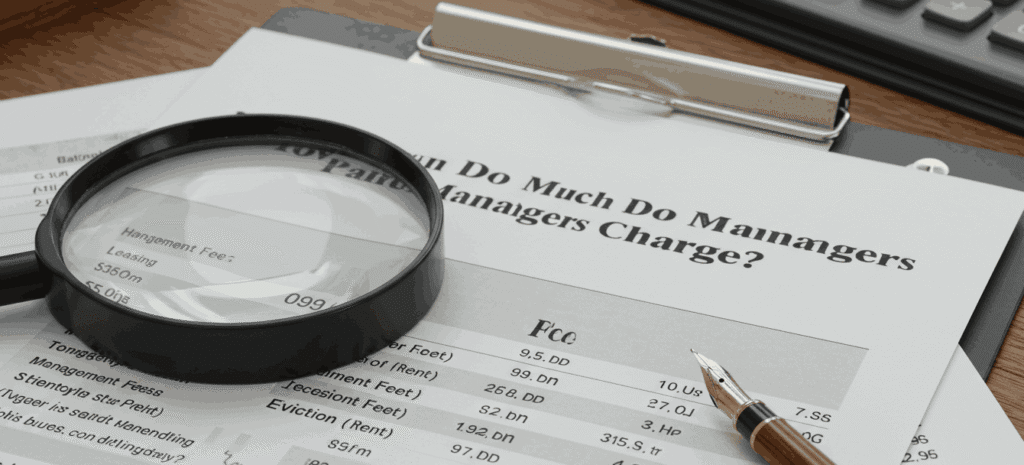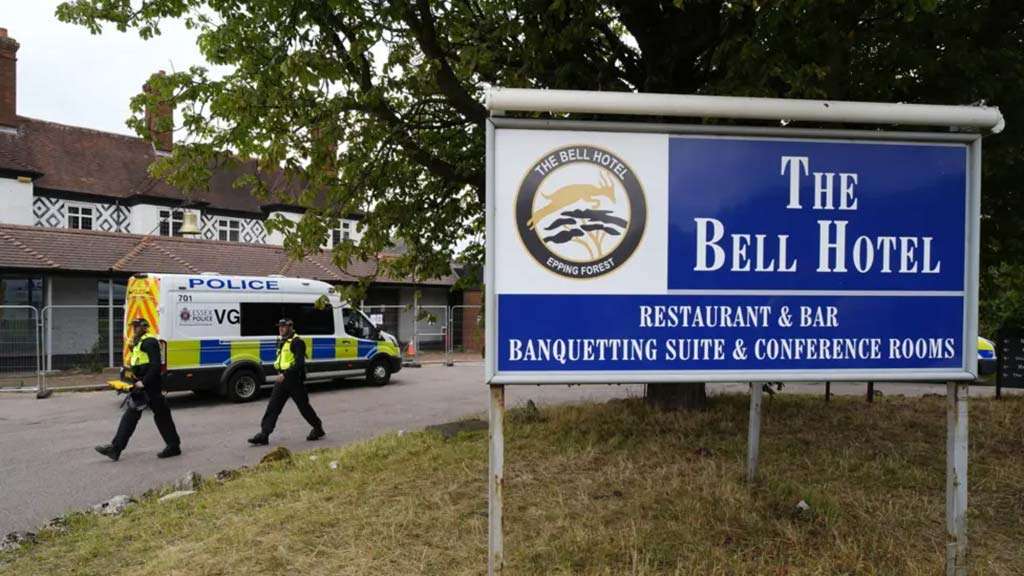Capital Gains Tax (CGT) can catch homeowners off guard when they sell a property. But if the property was your main home, you may not owe any tax at all—thanks to a key exemption called Private Residence Relief.
In this guide, we’ll explain how long you need to live in your home to qualify, how HMRC checks if it was your main residence, and how to protect yourself from surprise tax bills.
What is Capital Gains Tax (CGT)?
CGT is a tax on the profit (the “gain”) when you sell an asset that’s increased in value. For property, it’s the difference between what you paid and what you sell it for.
Example:
- You bought your home for £200,000
- You sold it for £300,000
- Your gain is £100,000
This gain might be taxable—but not if the property qualifies for Private Residence Relief.
What is Private Residence Relief?
Private Residence Relief (PRR) means you won’t pay CGT on a property that was your main home throughout your ownership.
To qualify for full relief:
- It must have been your only or main residence
- You didn’t rent it out (except to a lodger)
- You didn’t use part of it exclusively for business
- The total plot (including the garden) is under 5,000 square metres
- You didn’t buy it just to flip or profit from a short-term sale
How long do you need to live in a property to qualify?
There’s no fixed minimum time stated in law—but HMRC expects it to be a genuine period of residence. That means:
- You actually lived there
- It was your main home, not just a temporary stop
Most advisers suggest at least 6 to 12 months of genuine residence, though longer is safer. HMRC will look for evidence, such as:
- Council tax and utility bills in your name
- Your driving licence and GP registered to the address
- Electoral roll registration
- Moving in your belongings
- Change of address with your bank and HMRC
If HMRC suspects the property was never truly your home, they can deny the relief.
What if you only lived there part of the time?
You may qualify for partial relief. You also get an automatic 9 months’ grace at the end of ownership—even if you’ve moved out.
Example:
- Bought: Jan 2015
- Lived there: Jan 2015 – Jan 2020
- Rented out: Jan 2020 – Jan 2023
- Sold: Jan 2023
You owned the property for 8 years. You lived there for 5 years + 9 months = 5.75 years. That portion of your gain is tax-free. The rest may be taxed.
Letting Relief: What’s changed?
Letting Relief used to reduce CGT if you rented out a home that was once your main residence. But since April 2020, it only applies if:
- You lived in the property at the same time as your tenant (i.e. a lodger)
If you moved out and rented the whole property, you no longer qualify for this relief.
Capital Gains Tax rates for property (2025)
If you do owe tax:
- 18% for basic-rate taxpayers
- 24% for higher and additional-rate taxpayers
- Tax is only due after using your annual CGT allowance (currently £3,000)
What records should you keep?
To prove the property was your main residence, keep:
- Mortgage statements
- Council tax and utility bills
- Bank statements and official letters sent to the address
- Driving licence and voter registration evidence
- Removal or moving costs
Keep this documentation for at least 5 years after the tax year you sell.
What if HMRC investigates?
If HMRC challenges your claim, they may:
- Ask for proof you lived in the property
- Deny your relief if they believe it wasn’t your main residence
- Charge CGT, plus interest or penalties
That’s why genuinely living in the property and keeping proper records is vital.
If you’re selling a property and want to avoid Capital Gains Tax, make sure it was genuinely your main home—and that you can prove it. There’s no shortcut, but with good planning and documentation, many homeowners can reduce or eliminate their CGT bill.
For peace of mind, consider speaking to a tax specialist before selling—especially if your situation involves renting, second homes, or shared ownership.





